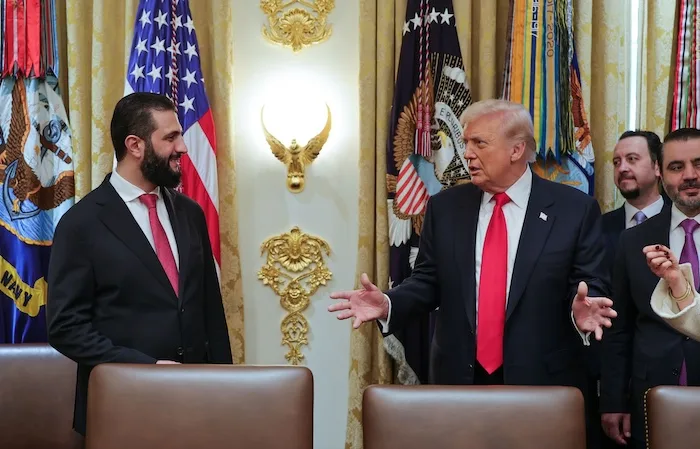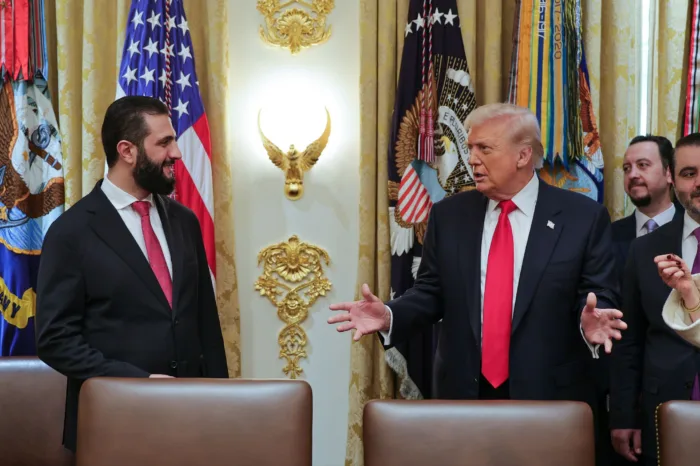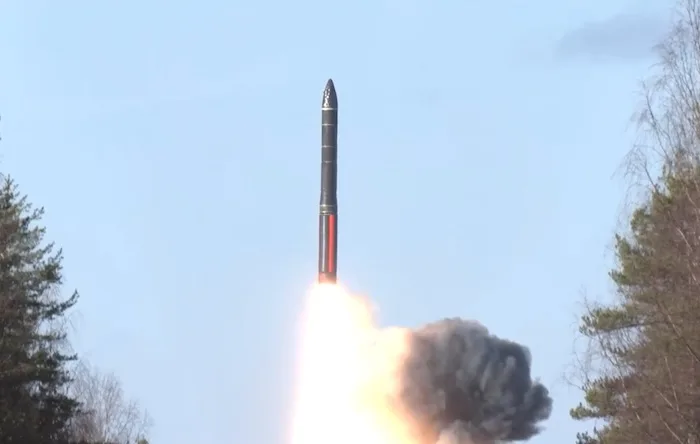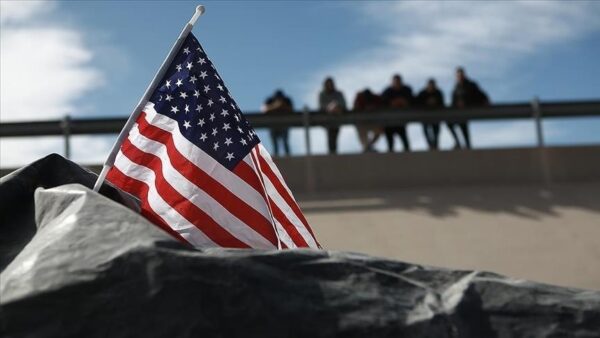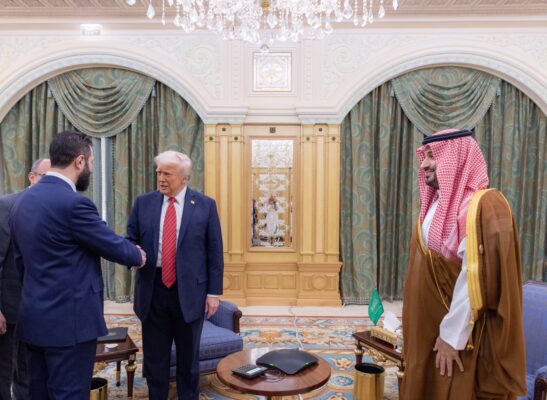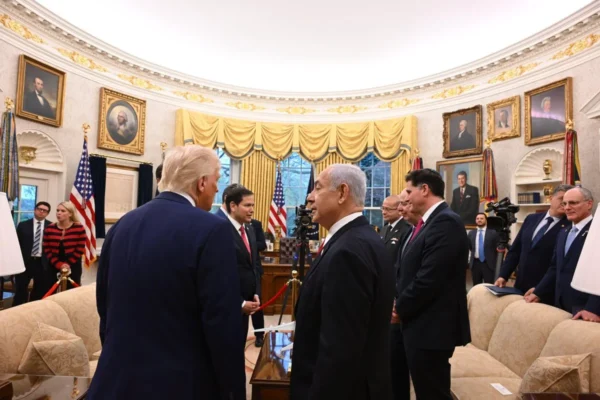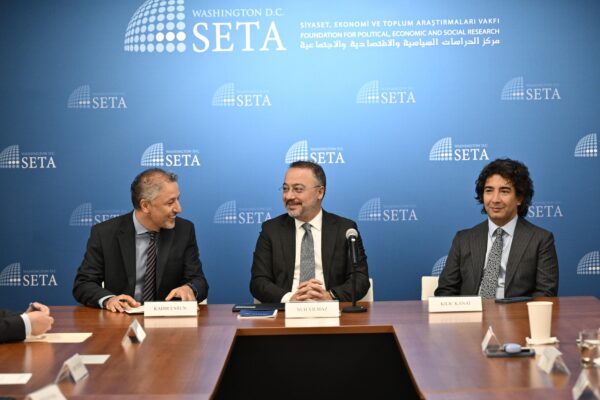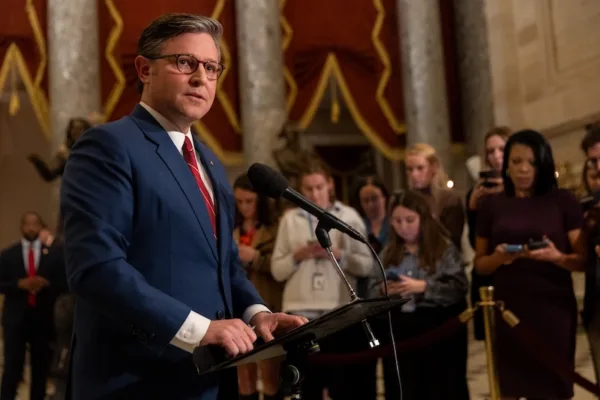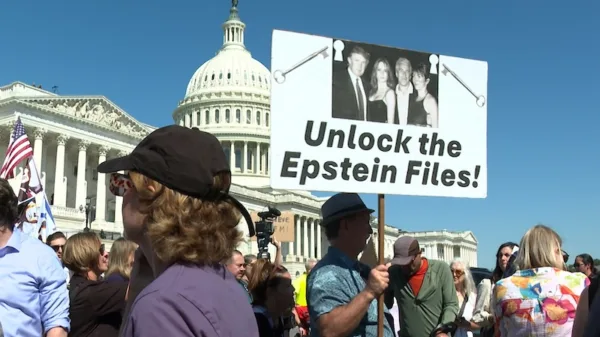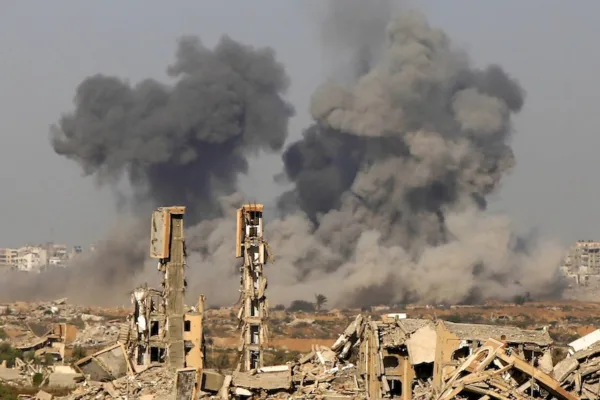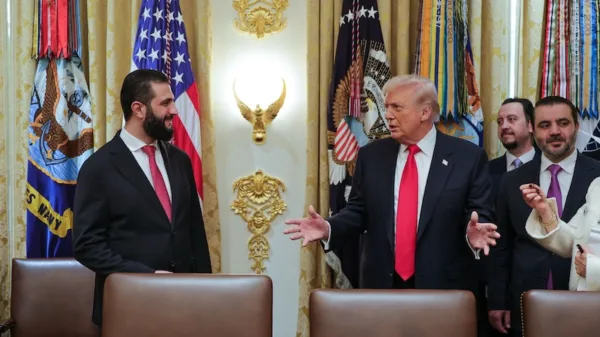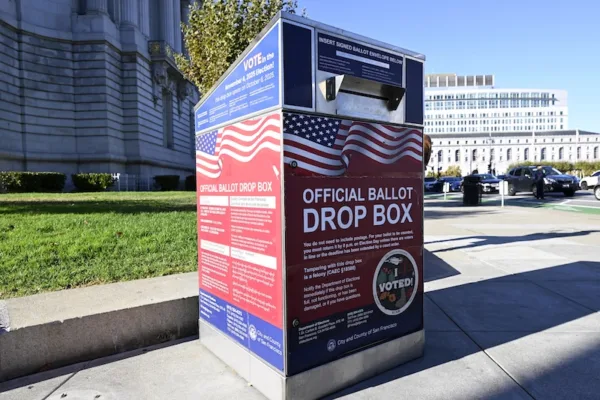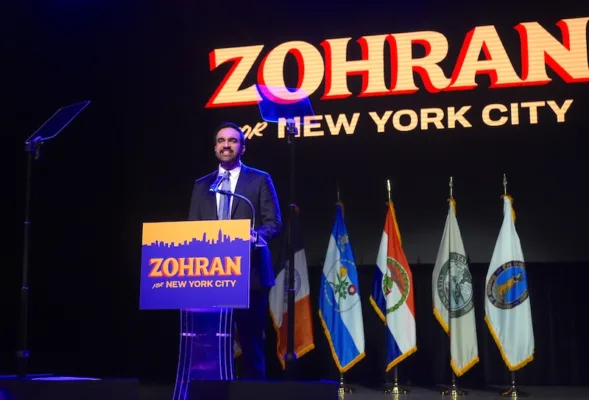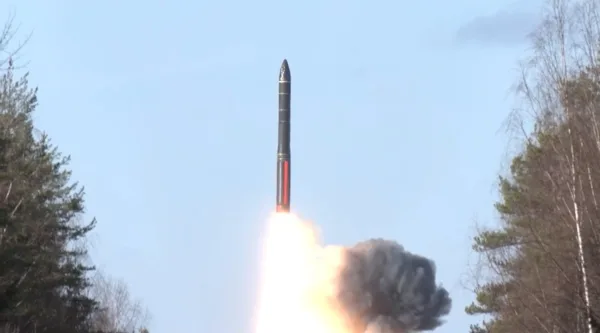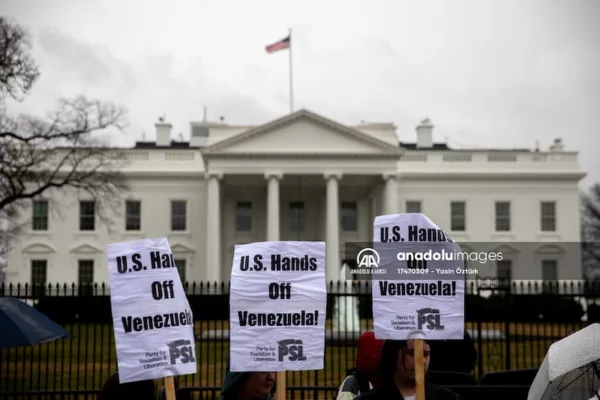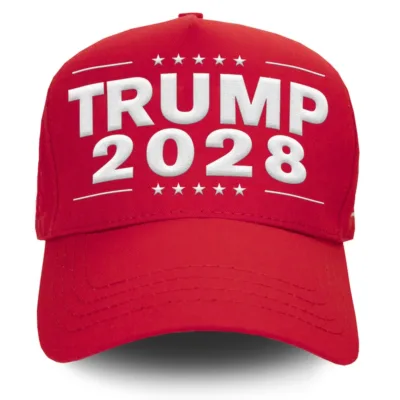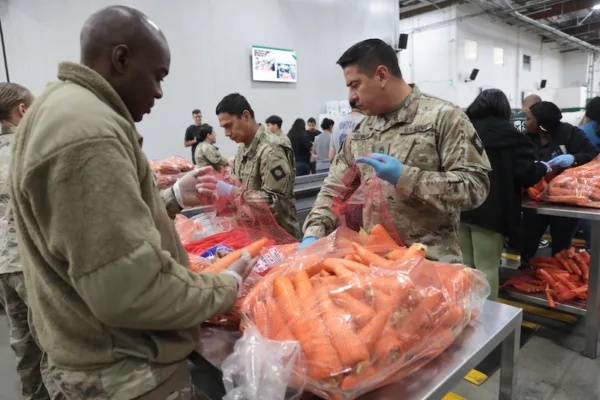No road map in Trump’s White House
Sometimes the biggest challenge for policy makers is not the diagnosis of the problem, but the lack of a proper strategy to fix it; nowadays one of the biggest hurdles in Washington. After failures, errors, mistakes and deliberations, there is almost a consensus in Washington that while formulating foreign policy for the last several decades, policy makers have made significant mistakes. One of those critical mistakes has been increasing militarization in U.S. foreign policy. This militarization not only includes resorting to the use of the “stick” – in Theodore Roosevelt’s terms – but also entails militarized approaches to every problem. Focusing on tactics rather than strategy and using military instruments rather than diplomatic tools have been constantly emphasized in recent years to explain the problems in U.S. foreign policy.
In one of the latest outlines of these problems is seen in Ronan Farrow’s book “War on Peace: The End of Diplomacy and the Decline of American Influence.” From the very beginning of the book, Farrow described the increasing militarization in American diplomacy following the 9/11 attacks. According to him, the Barack Obama administration continued this trend and heavily depended on the military, while the Donald Trump administration has brought this issue to a new level. He wrote: “Around the world, uniformed officers increasingly handled the negotiation, economic reconstruction and infrastructure development for which we once had a devoted body of trained specialists. As a result, a different set of relationships have come to form the bedrock of American foreign policy.” For him this new relationship also significantly shifted the resource allocation in the budget. He wrote, “With state ever less useful in a world of perpetual emergency; with the money, power and prestige of the Pentagon dwarfing those of any other agency; and with the White House itself filled with former generals, the United States is leaving behind the capacity for diplomatic solutions to even make it into the room.” Of course this also influenced U.S. interactions around the world.
Can these new names, known to be personally close to Trump, address existing problems and reform foreign policy in the U.S. or will their agendas for certain issues be their priorities during their tenures in the administration?
What Farrow wrote was in some sense what U.S. allies have been suffering from for years now. It has been challenging for U.S. allies to figure out what Washington was willing to do and what kind of role it wants to play in a changing international order. The instruments that it used, the lack of long term perspective of threats and failure to communicate with its allies generated a serious trust issue between the U.S. and its allies. The unilateral use of force together with the indecisiveness to take steps when necessary generated a rather unpredictable super power when it was the last thing that the world needed. In recent years, especially in the fight against Daesh in Syria and Iraq, the tactics that shaped strategies and soldiers on the ground started to shape the policy of the U.S.
Disregard for the security of its allies together with deep skepticism of the U.S.’ commitment to its treaty obligations made it extremely hard for U.S. partners to understand the end game. Furthermore, public diplomatic disasters generated harsh reactions to U.S. policies in different parts of the world. The lack of coordination among U.S. agencies, mixed messages and inconsistent reactions confused those who wanted to understand the U.S. position in crises. Farrow is right that it did not start with Trump but only reached its extremes in the last 18 months. However, analysis of the issues and diagnoses of the problem were present for a longer period of time.
In the midst of an administration that is experiencing a high degree of circulation among its foreign policy decision makers and is heavily burdened with domestic politics due to ongoing investigations in the country, it is important to ask: How likely is it that we will see Washington make significant and overarching reforms in foreign policy to fix the ongoing problems? As stated by Farrow, the Trump administration’s first year has failed to address this challenge in U.S. foreign policy. In fact, Farrow’s description of what happened in the State Department following Rex Tillerson’s appointment demonstrated that the previous top diplomat of the U.S. did not have a plan to fix the problem at all. Now with the changes in Trump’s foreign policy team and the arrival of John Bolton and Mike Pompeo, everyone is wondering if any attention will be paid to the aforementioned problems in U.S. foreign policy making.
The division of labor among the members of the administration has so far demonstrated that Pompeo will act as the top diplomat, whereas Bolton will try to increase the White House’s grasp on foreign and security policy decision making. However, can these new names, known to be personally close to Trump, address existing problems and reform foreign policy in the U.S. or will their agendas for certain issues be their priorities during their tenures in the administration? These are the questions that everybody wants an answer to, about a problem that everybody in D.C. seems to have reached a consensus on.
This article was first published by Daily Sabah on May 5, 2018.

